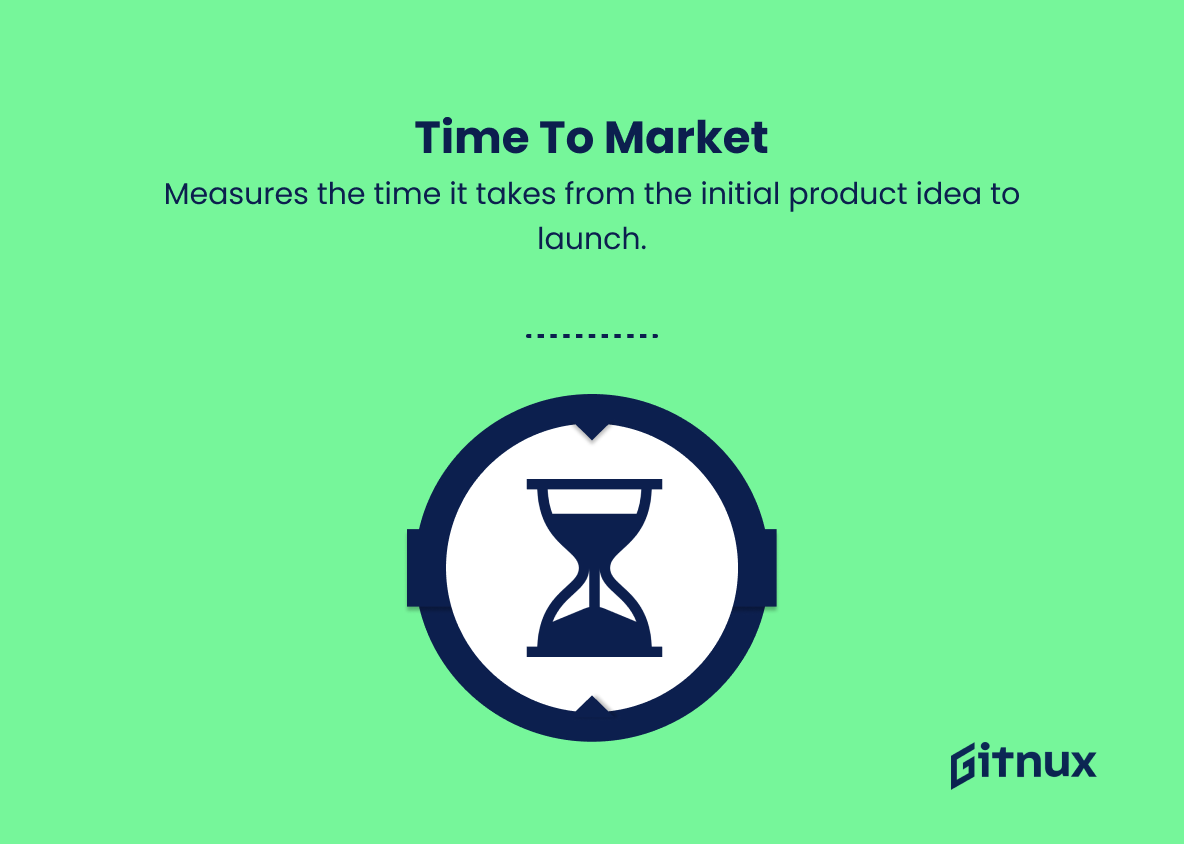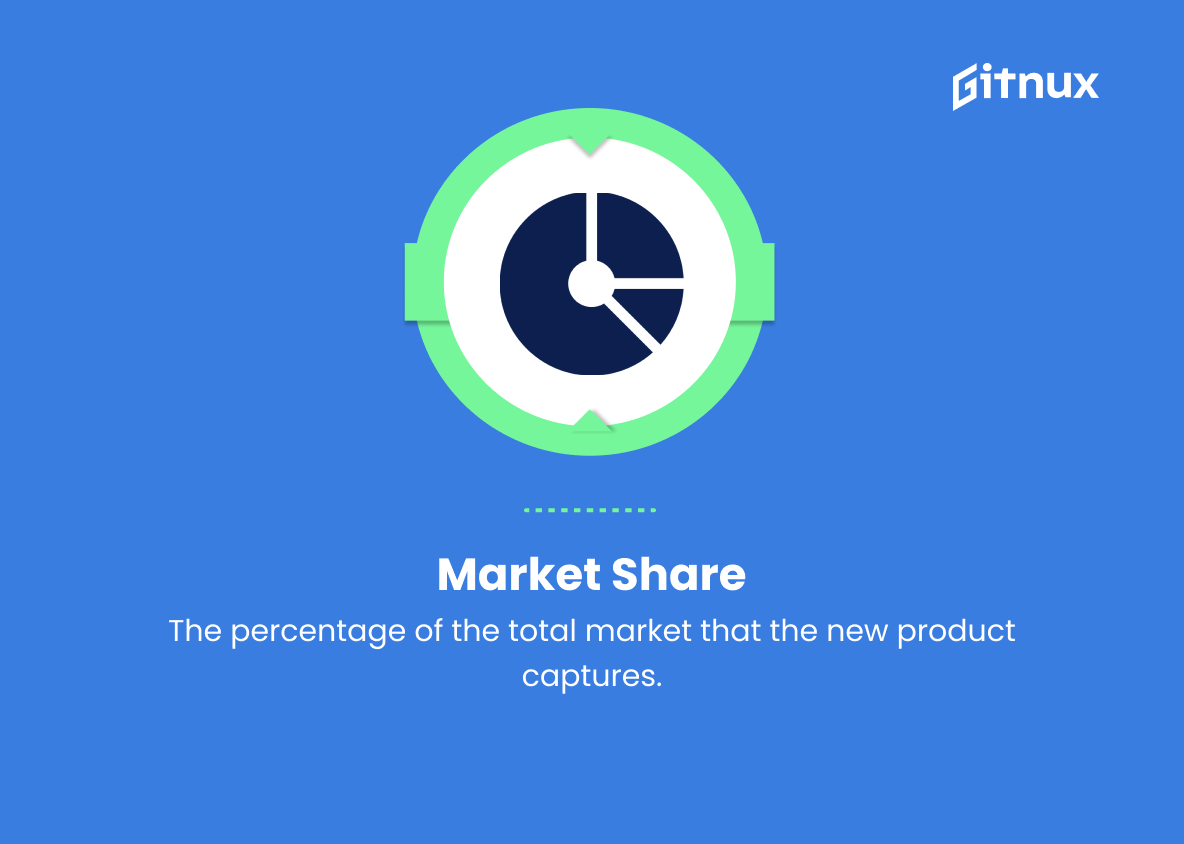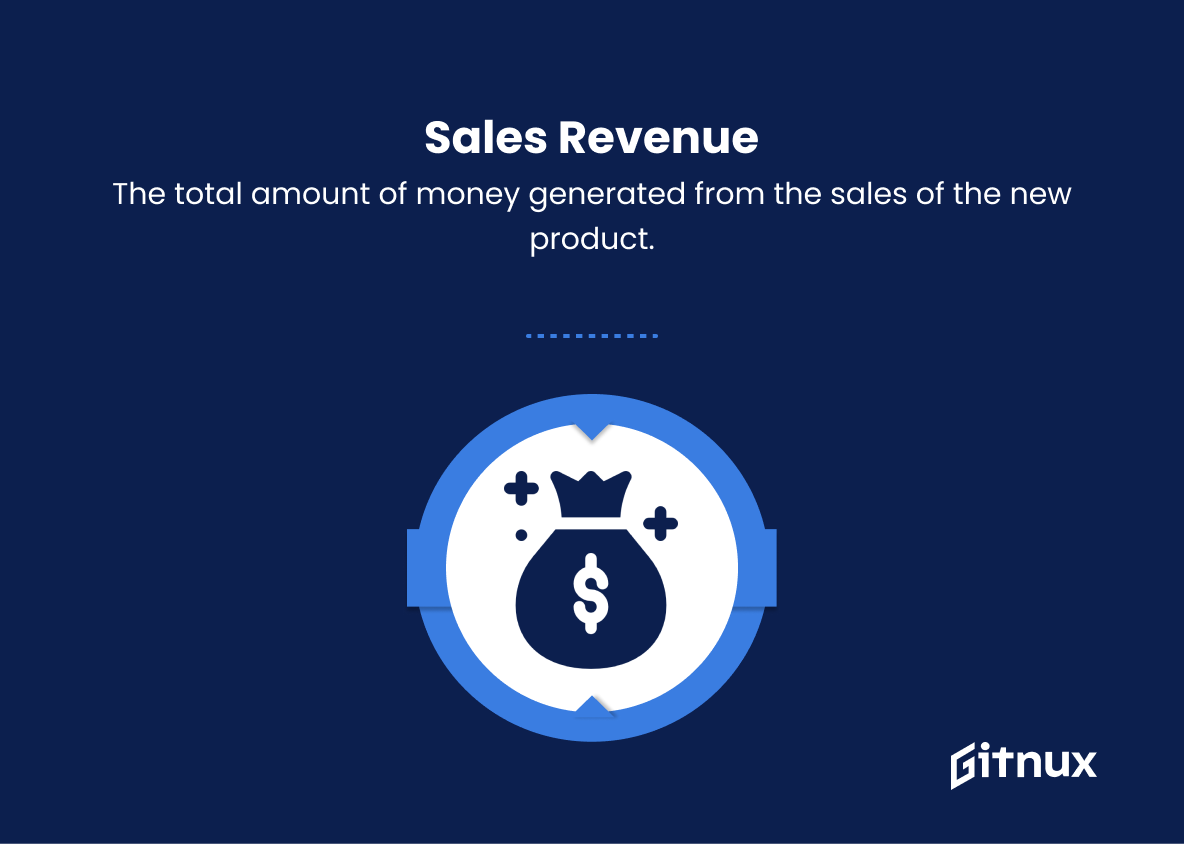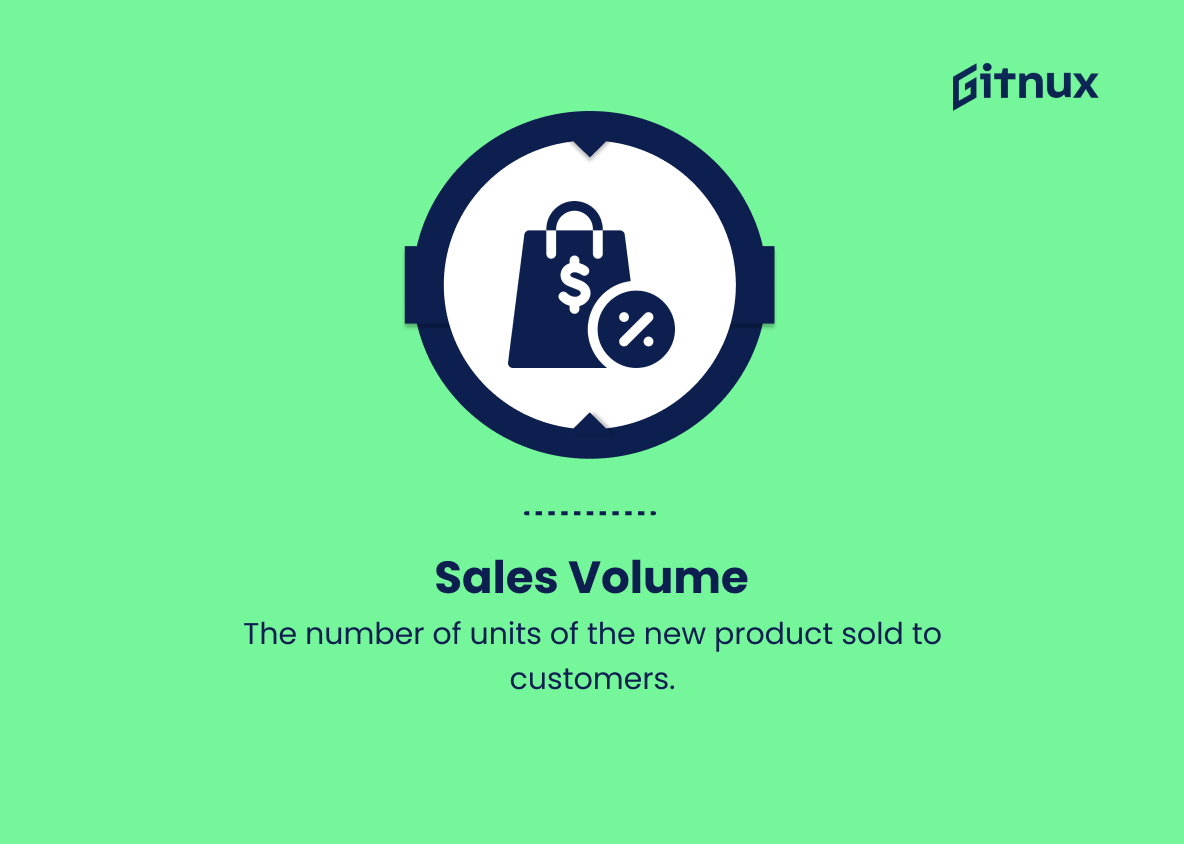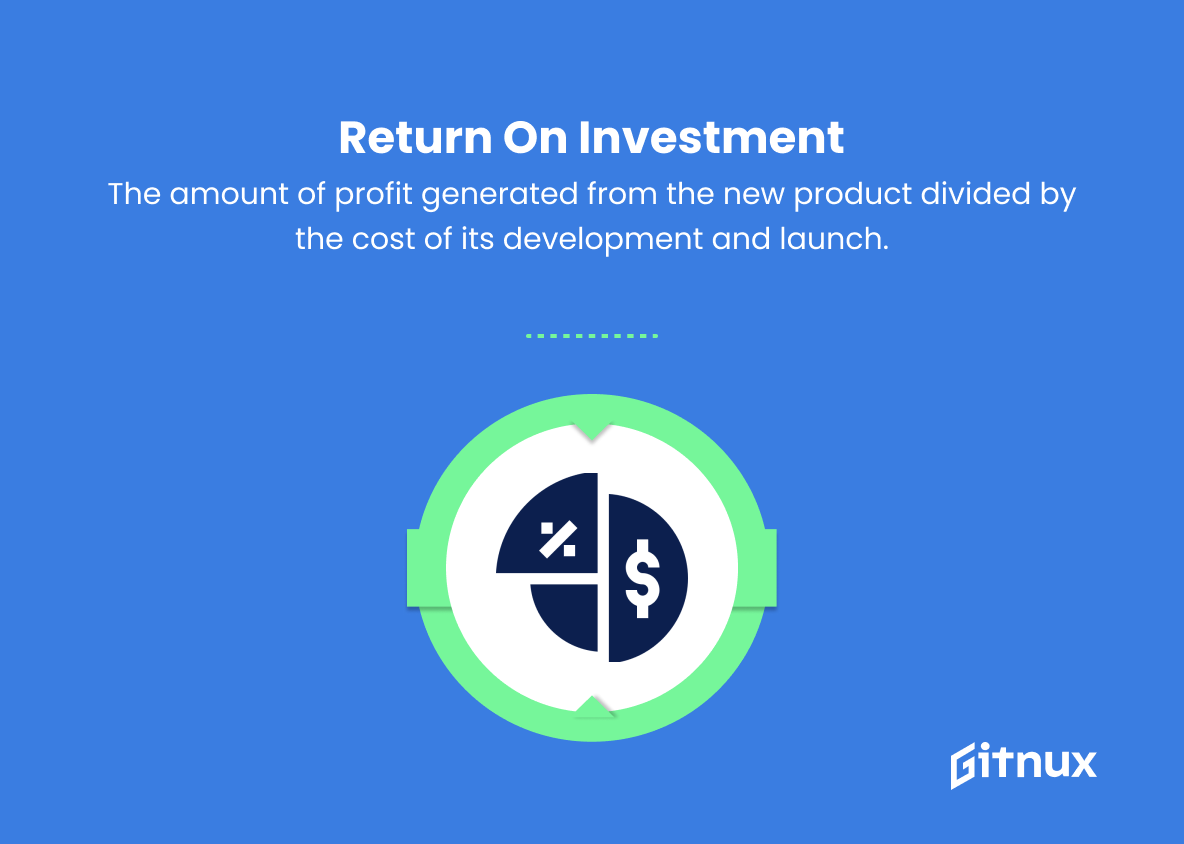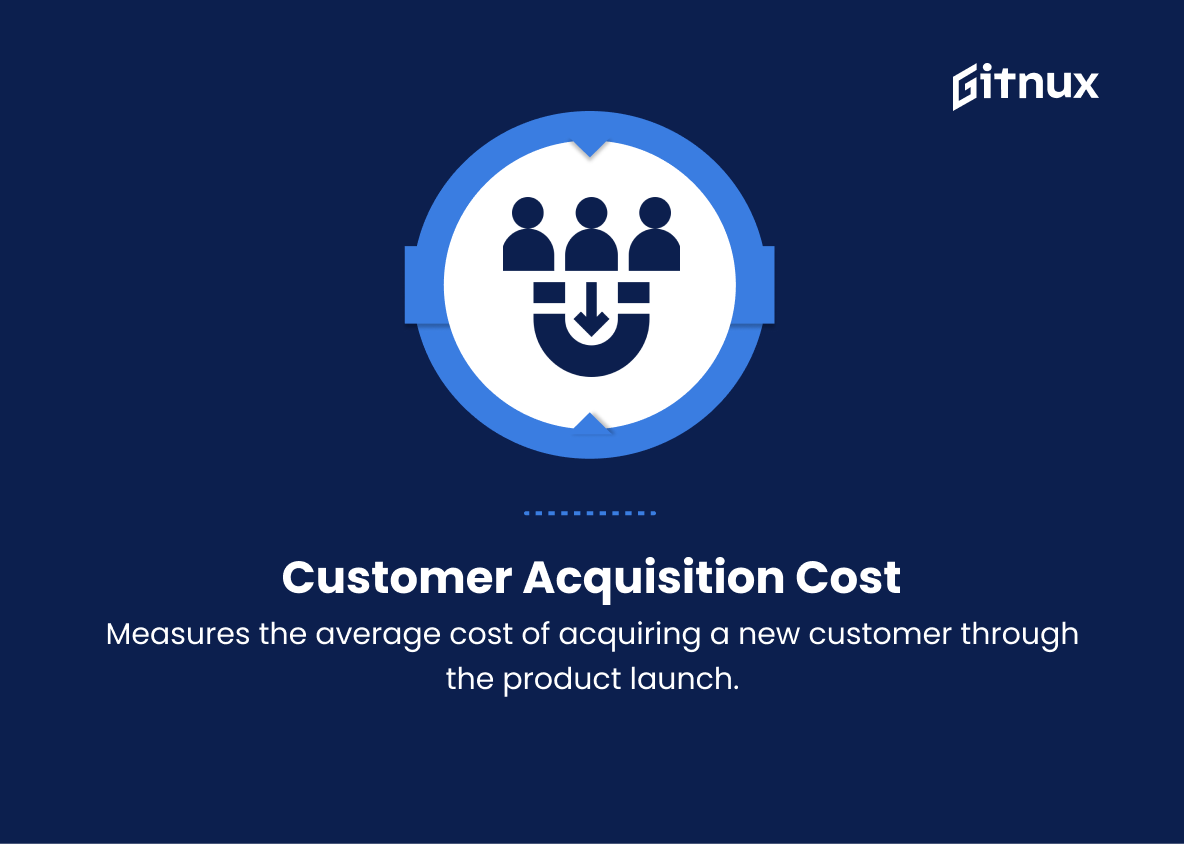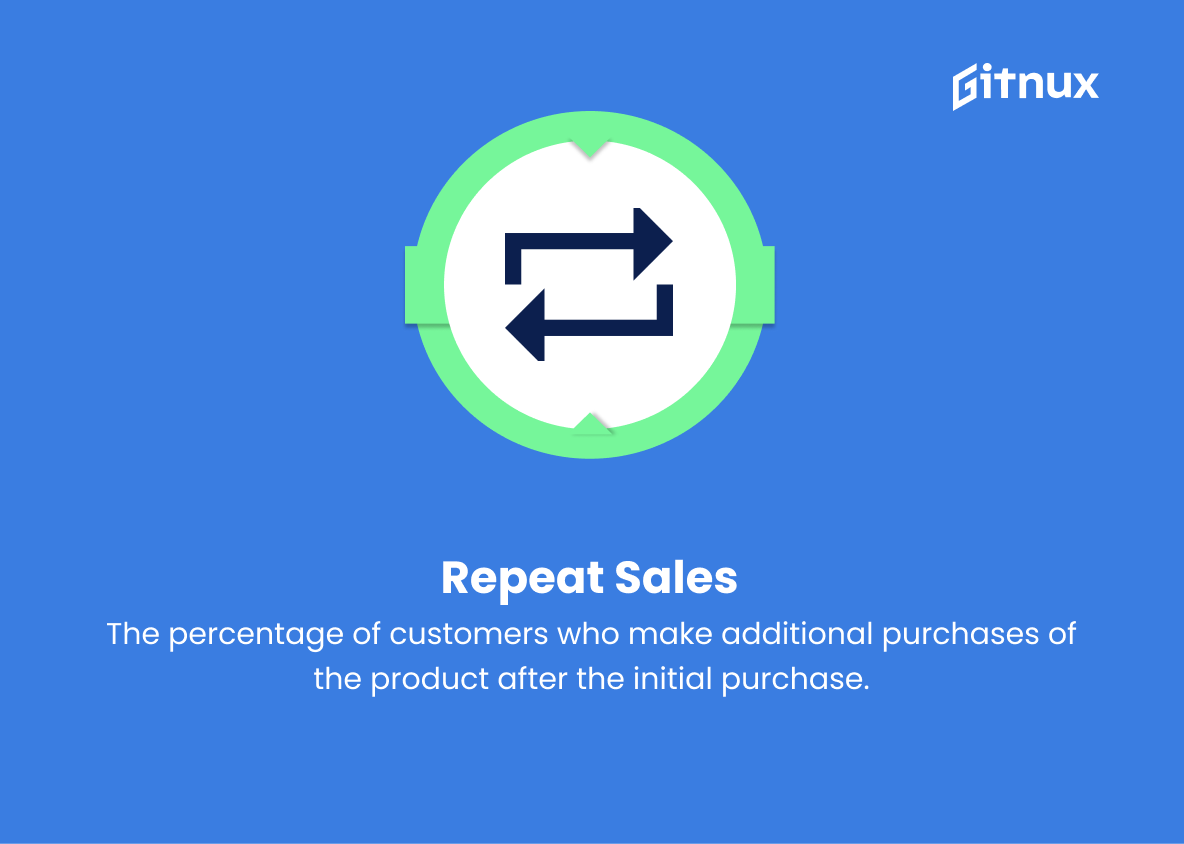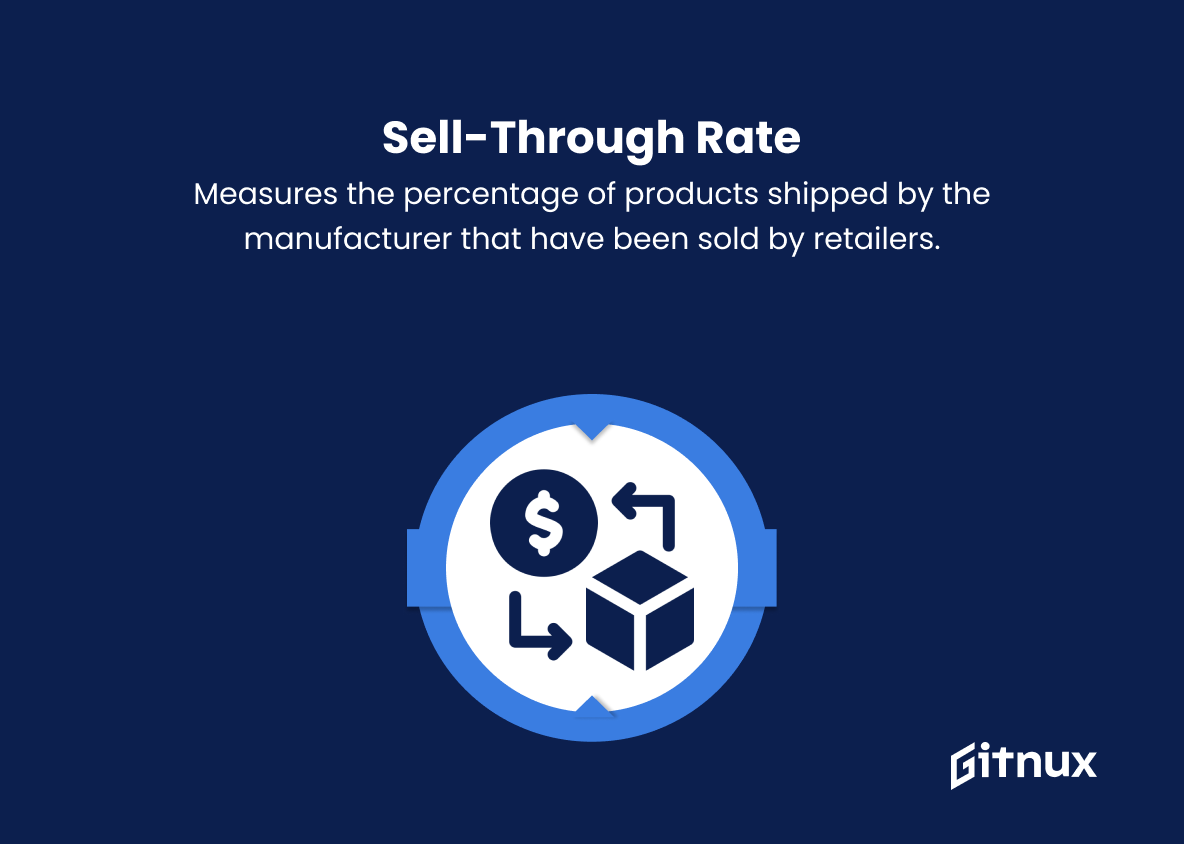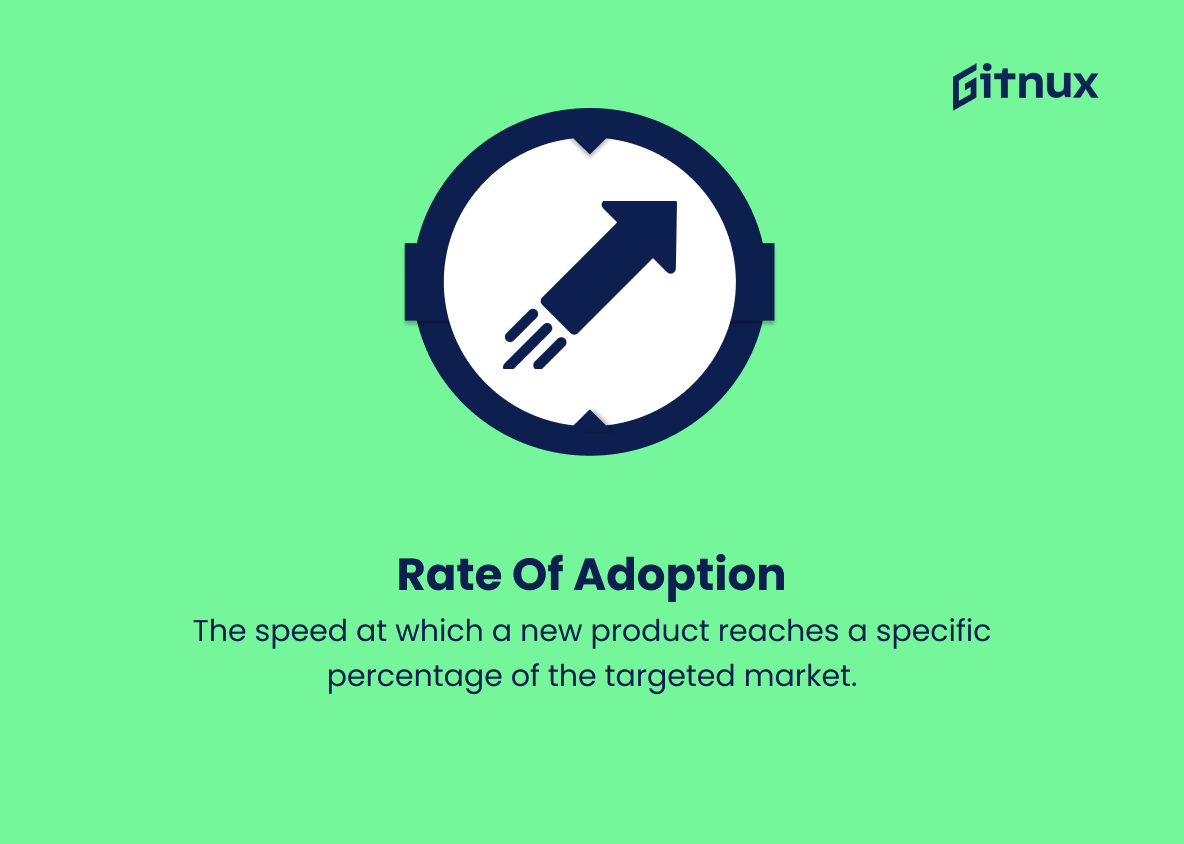In the fast-paced world of business, product launches are a significant milestone that can determine the trajectory of a brand’s success. With immense time, resources, and effort poured into bringing a new product to the market, it’s crucial to measure and evaluate the impact of these launches. Key Performance Indicators (KPIs) serve as a powerful tool in quantifying the success of a product launch, enabling companies to analyze their performance and make strategic decisions for future growth.
In this insightful blog post, we will delve into the world of Product Launch KPIs to help you understand their importance, identify the most critical metrics, and equip you with actionable insights to maximize your product’s potential in the ever-competitive market landscape. So, buckle up as we embark on a data-driven journey towards product-launch success.
Product Launch KPIs You Should Know
1. Product Awareness
Measures the percentage of target customers who are aware of the product. It is important to ensure that customers within your target market are aware of the new product, which can translate into increased sales and market share.
2. Time to Market
Measures the time it takes from the initial product idea to launch. Shorter time to market gives a competitive advantage and helps in capturing market opportunities quicker.
3. Market Share
The percentage of the total market that the new product captures. This indicates how well the product fares against its competitors and helps in assessing the overall success.
Product Launch KPIs play a crucial role in determining the success of a new product and its impact on the market.4. Sales Revenue
The total amount of money generated from the sales of the new product. High sales revenue indicates a successful launch and strong demand for the product.
5. Sales Volume
The number of units of the new product sold to customers. High sales volume suggests strong interest from customers and potential long-term success.
6. Return on Investment (ROI)
The amount of profit generated from the new product divided by the cost of its development and launch. A high ROI indicates that the product launch was financially successful.
7. Customer Acquisition Cost (CAC)
Measures the average cost of acquiring a new customer through the product launch. A lower CAC indicates a more cost-effective product launch campaign and better overall results.
8. Customer Reviews and Ratings
The average score and sentiment of customer reviews about the product. Positive reviews and high ratings indicate strong customer satisfaction and can influence potential customers to try the product.
In the fast-paced world of business, product launches are a significant milestone that can determine the trajectory of a brand’s success.9. Repeat Sales
The percentage of customers who make additional purchases of the product after the initial purchase. High repeat sales indicate strong customer satisfaction and can lead to increased customer loyalty and long-term success.
10. Sell-through Rate
Measures the percentage of products shipped by the manufacturer that have been sold by retailers. A high sell-through rate indicates strong demand and efficient inventory management.
11. Rate of Adoption
The speed at which a new product reaches a specific percentage of the targeted market. Faster adoption rates demonstrate strong acceptance of the product and its value proposition by the target audience.
12. Social Reach and Engagement
The number of people who engage with the product on social media channels (e.g., likes, comments, shares). High social reach and engagement indicate strong interest and positive reception of the product.
13. Press Coverage
The amount and quality of media coverage received by the product during the launch. Positive press coverage can help spread awareness and boost credibility of the product in the market.
14. Product Returns and Refunds
The percentage of products sold that are returned or refunded. Low return and refund rates are desirable as they indicate strong customer satisfaction and fewer quality issues.
Product Launch KPIs Explained
Product Launch KPIs play a crucial role in determining the success of a new product and its impact on the market. Factors such as product awareness, time to market, and market share provide insight into how well the product is received by the target audience and its competitiveness in the market. Similarly, sales revenue, sales volume, and return on investment (ROI) serve as indicators of the product’s financial success and demand.
In addition, customer acquisition cost (CAC), customer reviews, repeat sales, and sell-through rates help gauge the effectiveness of the product launch campaign and overall customer satisfaction levels. Rate of adoption, social reach and engagement, press coverage, and product returns and refunds offer further insight into how well the product resonates with customers and the level of acceptance it gains within the target market. Taken together, these KPIs can help businesses analyze and optimize their product launch strategies and make data-driven decisions for future product releases.
Conclusion
In summary, product launch KPIs serve as critical indicators of the effectiveness and success of your product debut. By carefully selecting and monitoring these performance metrics, businesses can identify areas of improvement, make informed decisions, and ensure the optimal market positioning of their products. As we have emphasized throughout this blog post, it is essential to strike a balance between financial, market penetration, and customer satisfaction KPIs to gain a comprehensive understanding of your product’s performance.
Continuously tracking and iterating these KPIs will empower businesses to stay ahead of the competition and evolve with the ever-changing market landscape. Remember, a successful product launch is more than just a one-time achievement – it is the foundation that drives your business’s long-term growth and sustainability.

